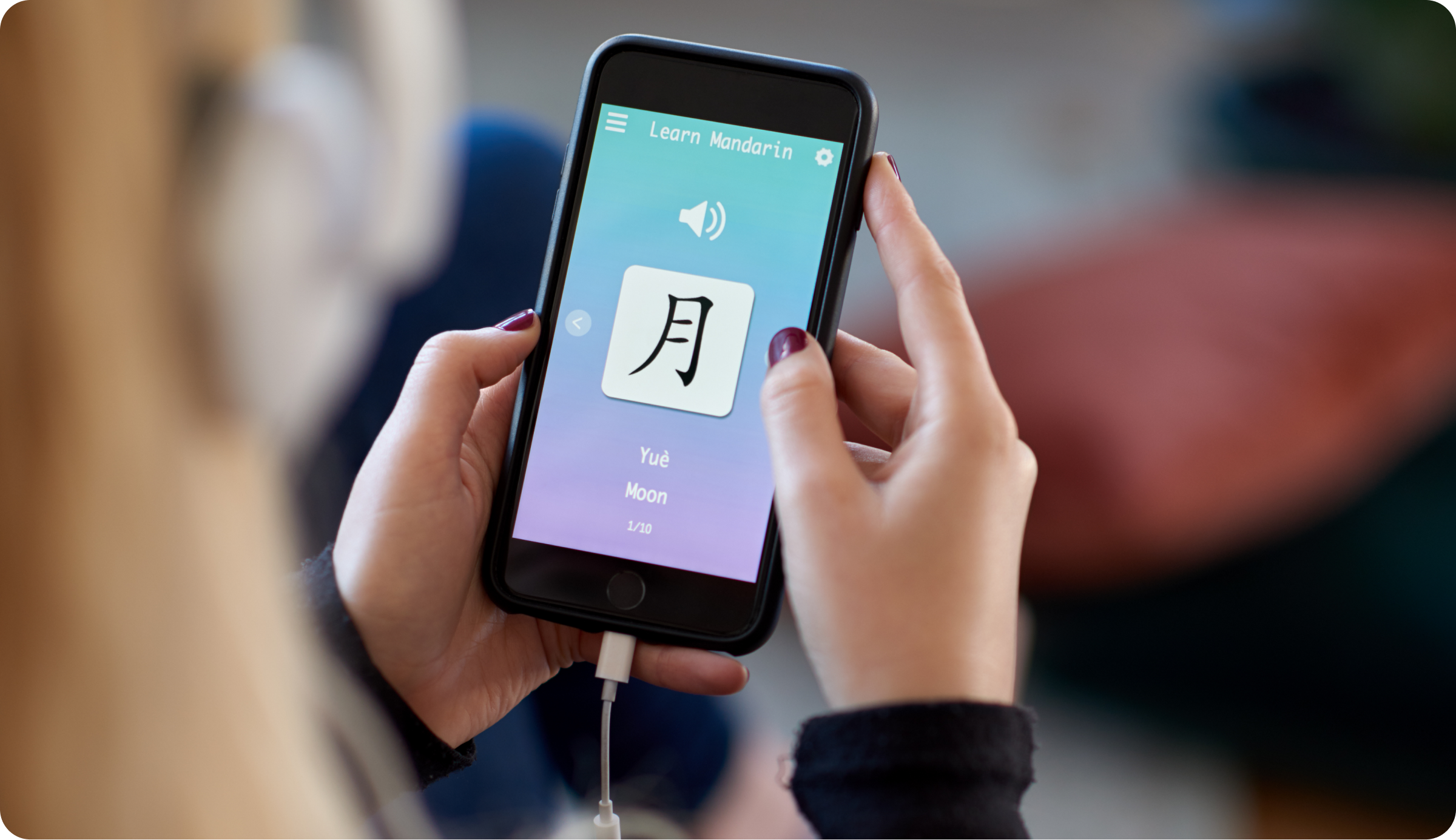As a world language teacher, how do you engage your students?
The answer may vary from instructor to instructor, but every world language teacher should include methods to practice active learning and intrigue their students.
To offer some insight and ideas, we’re sharing five tips for world language teachers to improve student outcomes.
Check out our article: 5 Ways to Use Goreact in Online World Language Courses
1. Use Visuals, Gestures, and Expressions
Provide context for your students through visuals, gestures, and expressions. Doing so will give your students something to associate new words and concepts with. Rather than providing an explanation, try drawing on the board, playing charades, or showing a video.
Research suggests that incorporating gestures, pictures, and slides helps make activities more motivating and meaningful for students. And along with feeling more meaningful, the atmosphere of your class will be fun and dynamic when you incorporate visuals, gestures, and expressions.
2. Ask Open-Ended Questions
Encourage students to actively participate by frequently asking open-ended questions. Not only will this give them a chance to speak their new language, but it will also help foster engagement.
Open-ended questions encourage conversation. And as speaking is one of the best ways to improve language, asking open-ended questions will help your students converse and improve speaking their new language.
3. Try GoReact
GoReact, a video-based assessment tool, allows you to teach by total immersion. Instructors can leave both video and audio comments for students in the language they’re teaching.
By using GoReact, you can provide opportunities for students to use the language, listen to themselves speak, and receive comments on the exact phrase they need to improve in both online and face-to-face courses.
GoReact is also great for interpreting. GoReact stimulus assignments allow students to watch or listen to a media prompt while simultaneously recording a response. After the response is recorded, world language teachers can watch the video and response side by side for grading.
4. Teach about the Culture
Language and culture are intricately linked. In his book Principles of Language Learning and Teaching, Douglas Brown describes the interrelatedness of language and culture. He states, “One cannot separate the two without losing the significance of either language or culture. The acquisition of a second language is also the acquisition of a second culture.”
But how can world language teachers include cultural instruction in their curriculum? One way is to introduce proverbs, slang, and idiomatic expressions—as suggested by AFS. Doing so will help your students better understand cultural values and ideas.
5. Include Interactive Activities
Encourage your students to interact with each other by including activities and games in your classroom. You may have students role-play a scenario, such as eating at a native restaurant or traveling around the country. Games like Jeopardy and Scrabble (Foreign Language Edition) also foster student interaction.
For additional ideas, ask your students about their favorite classroom games. You may also decide to assign group projects and activities to foster collaboration.
We hope these five tips sparked new ideas to incorporate into your curriculum. By including visuals and gestures, asking open-ended questions, teaching about culture, including interactive activities, and using GoReact, you’ll be able to improve student outcomes in your world language classroom.
Check out our one-sheet overview of how to use GoReact for sign & world languages






